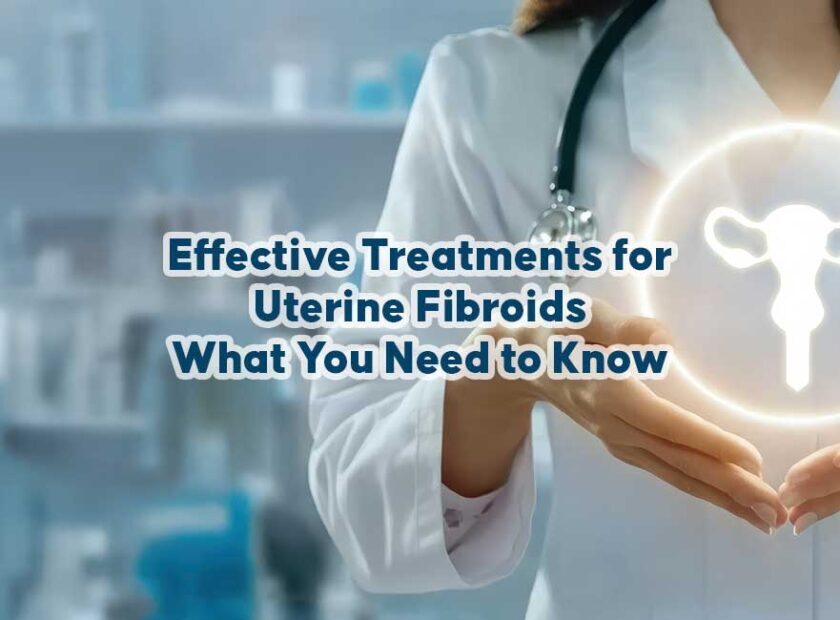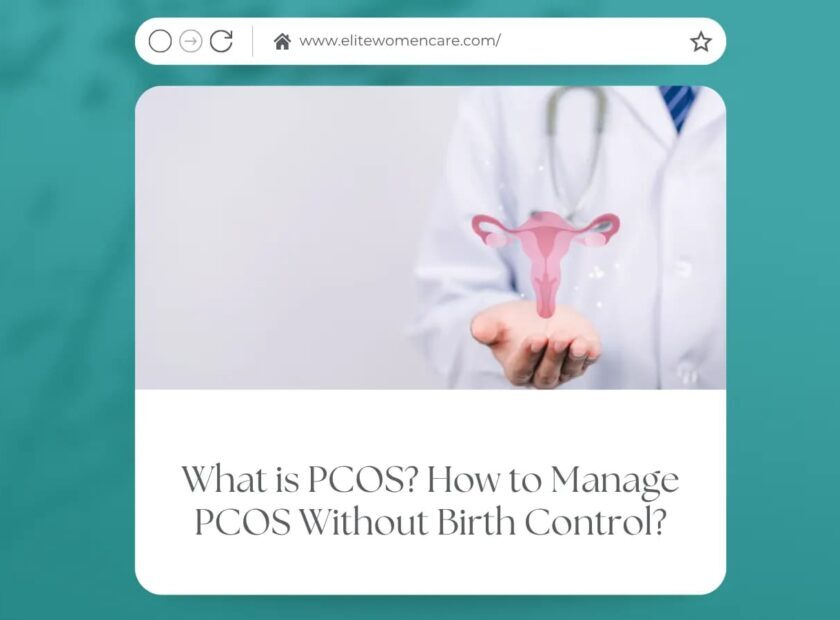
Effective Treatments for Uterine Fibroids: What You Need to Know
Effective uterine fibroids treatment can be life changing for many women confronting this challenging condition. Uterine fibroids are benign growths that can lead to heavy bleeding, pelvic discomfort, and other distressing issues, making it vital to recognize early uterine fibroids symptoms such as prolonged menstrual pain and pressure. Early detection sets the stage for exploring tailored care options that can dramatically improve quality of life.
When considering uterine fibroids treatment, patients are presented with a spectrum of choices ranging from minimally invasive procedures to innovative non surgical treatment for fibroids. These options allow women to choose an approach that fits their health needs and lifestyle while addressing the troubling impact of their symptoms. With comprehensive diagnostic evaluations and personalized care plans, specialists work closely with patients to ensure that every aspect of the condition is managed effectively.
Moreover, the implications of fibroids extend beyond discomfort and pain; they can also affect fertility and overall wellbeing. Many women are particularly concerned about fibroids and pregnancy, as fibroids may complicate conception and pregnancy outcomes. This article will delve into various effective treatments for uterine fibroids, exploring both surgical and non surgical treatment for fibroids, reviewing key fibroid removal options, and discussing strategies to manage uterine fibroids symptoms while considering the unique challenges of fibroids and pregnancy.
Understanding Uterine Fibroids
Uterine fibroids are non cancerous tumors that develop in or on the uterus, frequently occurring during a woman’s reproductive years. While many fibroids remain asymptomatic, others produce a range of uterine fibroids symptoms, including heavy menstrual bleeding, pelvic pressure, and lower back pain. Recognizing these symptoms early can prompt further investigation and help determine the most appropriate treatment strategy.

The formation of fibroids is influenced by hormonal imbalances, genetics, and environmental factors. During routine examinations, healthcare providers may detect abnormalities that signal the onset of fibroids. Early recognition of uterine fibroids symptoms: such as irregular bleeding or discomfort during intercourse, can lead to timely interventions and prevent the condition from worsening. In many cases, understanding the underlying causes is the first step toward a successful management plan.
Fibroids can also have significant implications for a woman’s reproductive health. Concerns about fibroids and pregnancy are common, as fibroids may obstruct the uterine cavity or interfere with implantation. As research continues to advance, experts are developing improved protocols that integrate both medical and surgical solutions, ensuring that the chosen uterine fibroids treatment not only alleviates symptoms but also preserves fertility.
Exploring Effective Treatment Options
Choosing the right uterine fibroids treatment is a highly individualized decision influenced by the size, number, and location of fibroids, as well as the severity of the symptoms. Both surgical and non surgical treatment for fibroids have their respective benefits, and a careful discussion with a healthcare provider is essential to weigh these options. Advances in medical technology have broadened the treatment spectrum, allowing for more personalized and effective interventions.
For those seeking less invasive solutions, non surgical treatment for fibroids has become increasingly popular. This approach includes the use of medications to regulate hormones and shrink fibroid size, thereby reducing uterine fibroids symptoms without the need for open surgery. Many patients find that non surgical treatment for fibroids offers a promising alternative that minimizes recovery time and maintains reproductive potential. Numerous studies have highlighted the efficacy of these approaches, making them an integral part of modern fibroid management.
Conversely, some patients may benefit more from surgical interventions when conservative methods fall short. In such cases, fibroid removal options such as myomectomy or uterine artery embolization can provide significant relief from symptoms. These fibroid removal options are often considered when fibroids are large or causing substantial discomfort, ensuring that the chosen intervention addresses both the immediate and long term aspects of the condition.
Surgical Interventions and Fibroid Removal Options
Surgical intervention remains a definitive solution for many cases requiring robust uterine fibroids treatment. Minimally invasive techniques, such as laparoscopic myomectomy, offer targeted removal of fibroids while preserving the uterus, which is particularly important for women planning to conceive. Procedures like these highlight the role of advanced fibroid removal options in reducing symptoms and improving overall health outcomes.
In situations where fertility preservation is a priority, careful consideration is given to the available fibroid removal options. Modern surgical techniques have evolved to minimize damage to surrounding tissues and reduce recovery times. Patients are encouraged to discuss with their physicians the benefits and risks of each method; overall, these fibroid removal options remain a critical component in a comprehensive treatment strategy.
Considerations for Fibroids and Pregnancy
For many women, the presence of fibroids raises concerns about fibroids and pregnancy. The impact of fibroids on fertility and gestational outcomes is a key factor in determining the best course of action. Even small fibroids can complicate pregnancy, which underscores the need for early detection and intervention to manage uterine fibroids symptoms effectively.

Expectant mothers and those planning to conceive should be aware that fibroids and pregnancy can present unique challenges. Close monitoring during preconception and throughout pregnancy is essential to address any changes in health. By integrating careful observation with the right uterine fibroids treatment, many women are able to navigate these challenges successfully. Ultimately, addressing fibroids and pregnancy concerns early is key to ensuring a healthy future for both mother and child.
Comprehensive Strategies for Better Health
A successful approach to managing uterine fibroids involves a multifaceted strategy that combines clinical expertise with proactive lifestyle changes. Patients are encouraged to work closely with their healthcare providers to establish realistic goals and track progress over time. This comprehensive strategy not only targets the reduction of uterine fibroids symptoms but also enhances overall quality of life.
Adopting a balanced regimen may include regular physical activity, a nutritious diet, and stress reduction techniques alongside medical interventions. By integrating these elements, patients can optimize their outcomes and support long term reproductive health. Ongoing consultations and periodic evaluations ensure that any changes in the condition are addressed promptly, thereby refining the chosen uterine fibroids treatment plan.
Moreover, combining both surgical and non surgical treatment for fibroids in a personalized manner can be especially beneficial. When patients actively participate in their care, the synergy between different approaches can lead to significant improvements. Ultimately, this integrated care model helps in maintaining a high standard of health while mitigating the potential complications associated with fibroids.

Final Insights on a Healthier Future
In conclusion, effective management of uterine fibroids requires a well informed and balanced approach that includes both clinical interventions and supportive lifestyle changes. By recognizing early uterine fibroids symptoms and evaluating various treatment modalities: from innovative non surgical treatment for fibroids to definitive fibroid removal options, patients can achieve significant relief and improved overall wellbeing.
Addressing concerns related to fibroids and pregnancy remains a critical part of this process. With careful planning, open communication with healthcare providers, and a commitment to a personalized treatment plan, many women can successfully navigate the challenges posed by uterine fibroids. Embracing these strategies paves the way for a healthier future where both symptom management and reproductive goals are well within reach.




